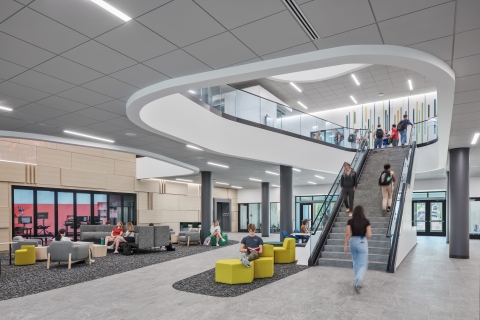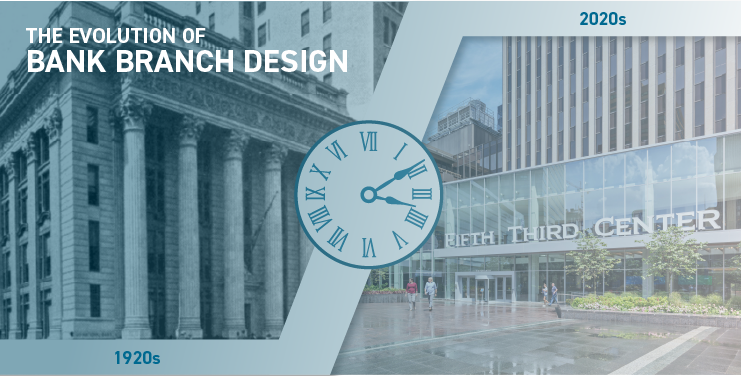
Future of Retail Banking

People's Expectations Have Irrevocably Changed
With the rise of remote work and the enhanced digital offerings from companies like DoorDash and Netflix, today’s customers now expect the same level of consistency, convenience, and personalization from their financial institutions. In response, many banks have shifted customer engagement from physical branches to digital channels, where the bank experience has become functionally correct but emotionally void (Abbott, 2024). This shift has highlighted the challenge banks face in maintaining close, loyal relationships without face-to-face interaction (Abbott, 2023).
Banks mustn’t fall into the trap of making assumptions about customers based on generational stereotypes. No matter the generation, within each one, there is a spectrum of users ranging from wanting in-person, hands-on interactivity (physical) to completely digital, hands-off, DIY interactivity (digital). And in the middle, representing the largest portion of the spectrum, are those who want both (phygital). It is not necessary to cater to or alienate a type of customer. It is possible to provide opportunities for all by utilizing a phygital strategy to integrate elements that work for different types of customers.
Today, and for the near future, no matter the industry, it’s all about the “experience.” Every contact and every interaction influences customers’ experiences, satisfaction, and connection to a brand. It is no longer just about transactions; it’s about being a trusted advisor. “Bank branches can offer real value to customers by showcasing the best of what they have to offer in terms of education, trust, advice, and networking" (Joshi & Zachariadis, 2020).
The Strategy For Future Branches Must Focus on Creating Unique Places Where People Are, Both in Location and on Their Individual Journey
Trends are shifting from high-density networks of retail branches to lower-density networks, with offices located in strategic locations. Within this new network, a diversity of branch formats can be deployed to better fit and optimize each specific location. In increasingly busy lives, consumers are carefully choosing how to spend their time. Bank branches, already a low-priority destination for most, struggle to grab a share of this time.
A smaller network of branches can provide a wider variety of services and experiences, potentially even beyond finance, which may include embedded experiences like banking kiosks, pop-ups, or micro-branches that are co- located within other businesses or destinations. Such destinations must be places where people choose, or need, to spend their time. These could be department stores, car showrooms, real estate agents, museums, or even places of local interest such as monuments or tourist destinations. Technology is best used to reinforce interconnections between people, products, services, and place.
Maybe the branch in the grocery store has less of a draw than it used to. “The ‘grocery store’ of the future may be the ‘pickleball center’” (Killian, 2024). The shift could be to integrating into mixed- use districts of work/live/play spaces, co-locating with allied businesses/ uses, or taking over vacant spaces that are unique and can create a place for enabling experience.
A 'Phygital' Approach Can Provide A Seamless and Integrated Physical Digital
Phygital innovation in banking aims to create a consumer-centric approach by offering a seamless and personalized experience across physical and digital channels. Being able to pick up from where you left off from website to mobile to chatbot to kiosk to person in the branch. But it also needs to be hyper-personalized by being focused, directed, and fast. A.I. will help with that hyper-personalization. A reimagined engagement layer via A.I. will provide banks with a deeper and more accurate understanding of each customer’s context, behavior, needs, and preferences in real-time. To support this, banks need to be able to analyze customer data in real-time and embed analytical outcomes within customer journeys for fast execution of customer transaction requests and service queries, enabling instant fulfillment.
"The next evolution of retail delivery wont be in new self-service features, but emerging highly personalized, valuable experiences for customers—designed to meet them along their life events and financial journeys."
Let’s get to work. Complete our contact form today.
Author



